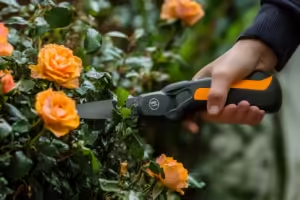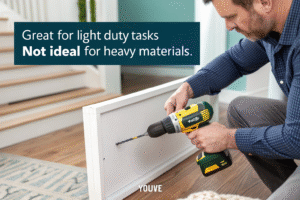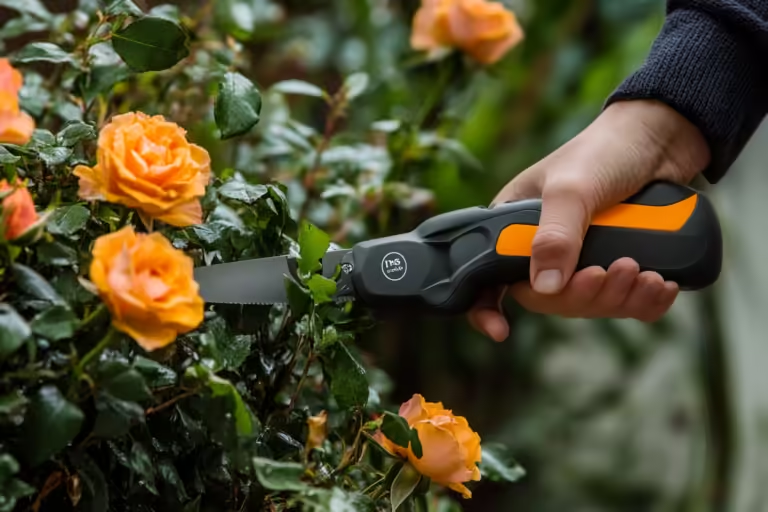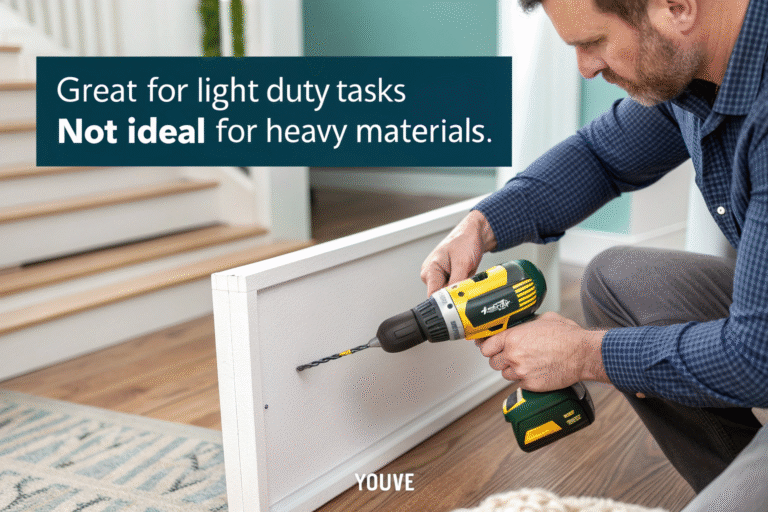
When I first started fixing things around my home, I didn’t know a drill from a driver. Over time—and a few cracked tiles later—I learned which tools truly matter for home DIY.
The best tools for home DIY are a cordless drill, a multi-bit screwdriver, a tape measure, a utility knife, pliers, and a spirit level. These essentials cover most basic repairs and installations while offering mobility, accuracy, and control.
But picking tools isn’t just about ticking boxes—especially if you're like me and hate wasting time (or money) on the wrong gear. Whether you’re hanging shelves or building a bench, let’s break it down together.
What tools should everyone have in their box?
Even if you’re not “handy,” a basic toolkit can save you hours—and maybe even your wallet.
A basic toolbox should include a cordless drill, screwdriver set, tape measure, utility knife, adjustable wrench, hammer, pliers, and a level. These tools handle 80% of everyday home tasks.
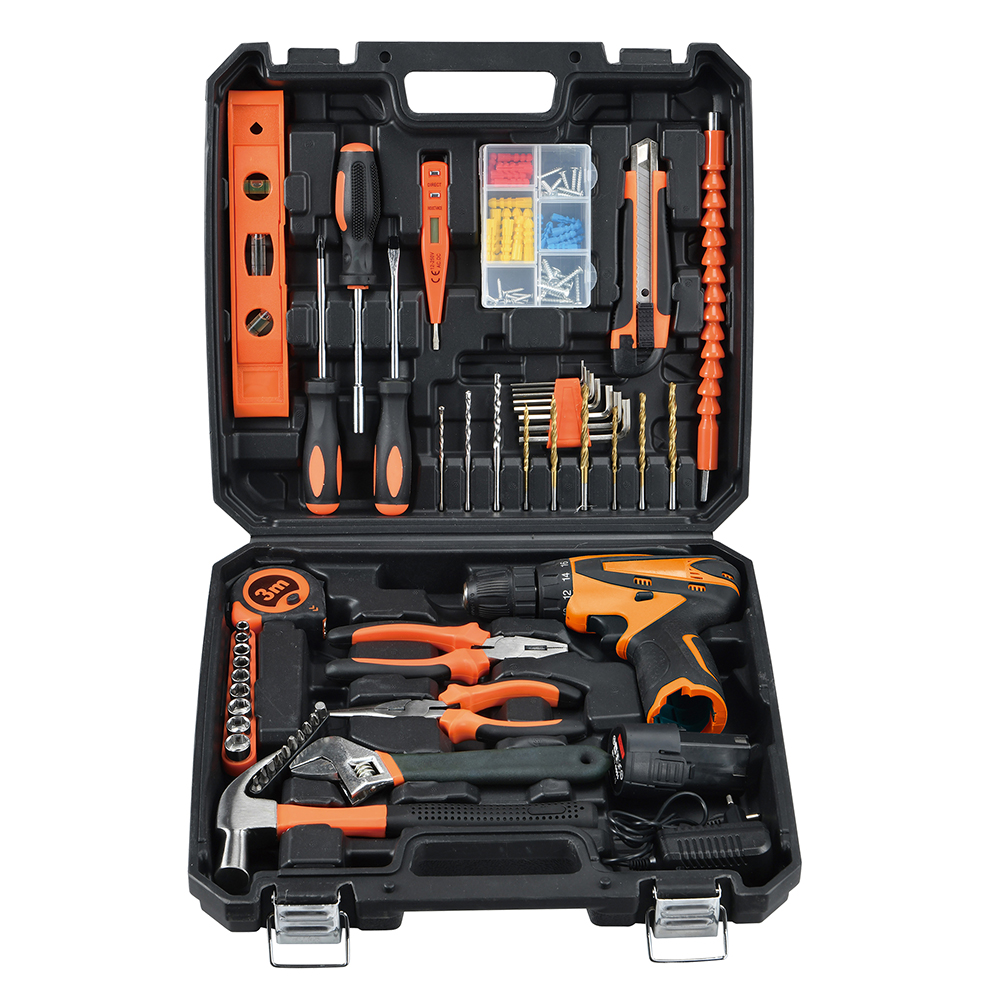
Let’s get real. I’ve met folks who think all they need is duct tape and a good YouTube tutorial. Been there. But when your kitchen cabinet door falls off at 10 p.m., you’ll wish you had a proper kit.
Here's what I recommend:
- Cordless drill – The Swiss army knife of DIY.
- Screwdrivers – Both Phillips and flathead. Manual or ratcheting.
- Utility knife – For opening boxes, trimming materials, or even slicing drywall.
- Tape measure – Measure twice, regret less.
- Pliers – Great for gripping, bending, or pulling.
- Adjustable wrench – Because plumbing emergencies exist.
- Spirit level – Because crooked shelves make me twitch.
I always keep these close, and they’ve bailed me out more times than I can count. Invest in quality here, not quantity. You’re not building a skyscraper—just trying to keep your house from falling apart.
What tools should every homeowner have?
Whether you rent or own, the day will come when you have to fix something.
Every homeowner should own tools that cover basic maintenance: a drill/driver, hammer, pliers, screwdrivers, measuring tape, wrench, and a level. Optional but helpful: stud finder, socket set, and safety glasses.
I remember moving into my first place. No tools. Not even a screwdriver. When the curtain rod collapsed (twice), I knew I had to change.
Here's what saved me long-term:
- Hammer: For nails, sure, but also minor demolition.
- Stud Finder: Trust me, it beats guessing and drilling into nothing.
- Socket Set: Especially useful for assembling furniture or fixing bikes.
- Safety gear: Eyes and hands are expensive to fix—gloves and glasses are not.
Think of your toolkit like insurance. You won’t use everything daily, but when you do—you’ll be thankful.
What is the best tool brand for DIY?
Brand loyalty is real, but the “best” often depends on your needs (and your budget).
For home DIY, trusted brands like DeWalt, Makita, Bosch, and YOUWE offer dependable tools with long lifespans, warranties, and battery compatibility. Choose one with good service support in your country.
I used to mix brands. It was a disaster. Different batteries, weird chargers1, parts that didn’t match2. Once I stuck with one—things got easier (and neater).
Here's what I look for in a brand:
- Battery system: Can one battery fit all tools?
- Durability: Can it survive a few drops?
- Service support: If it breaks, can I get parts?
- Price-to-performance: Does the cost match the output?
I may be biased, but YOUWE’s cordless lineup checks all the boxes for my everyday DIY needs—affordable, customizable, and easy to use.
Is a 4.0 Ah battery more powerful than a 2.0 Ah?
Battery confusion is real. I’ve had buyers mix up voltage and Ah too many times.
A 4.0 Ah battery isn’t more “powerful,” but it lasts longer than a 2.0 Ah battery. Ah stands for amp-hour, which measures runtime—not strength.
Think of it like gas in a car. Voltage is the engine size; amp-hours is the size of your fuel tank. A bigger tank doesn’t make the car faster—but it goes further.
I always suggest a 2.0 Ah for light tasks and a 4.0 Ah for jobs that take time—like sanding or grinding. When sourcing for resell, I bundle both. Gives flexibility, and the client feels like they’re getting more (they are).
Which is more powerful 18V or 20V?
This one’s tricky—because the answer sounds fake but isn’t.
There’s virtually no difference between 18V and 20V tools. It’s just marketing. 20V refers to peak voltage, while 18V is nominal voltage. Both are the same battery.
Yeah. You read that right.
Some brands (like DeWalt in the U.S.) call it 20V Max to sound stronger. In reality, it’s the same power level as 18V tools in Europe. So if you're comparing products, look past the numbers. Ask about torque, battery chemistry, and build quality instead.
What voltage are cordless power tools?
This matters more when you’re mixing tool types—like going from a drill to a saw.
Cordless power tools typically come in 12V, 18V, or 20V. Lower voltage tools are lighter and good for small tasks, while higher voltages are better for heavy-duty work.
| Voltage | Use Case | Weight | Best For |
|---|---|---|---|
| 12V | Light tasks | Lightweight | Hanging frames, furniture builds |
| 18V/20V | General-purpose | Medium | Drilling, cutting, sanding |
| 36V+ | Heavy-duty | Heavier | Construction, outdoor work |
For most homeowners, 18V or 20V hits the sweet spot. Personally, that’s what I use for 90% of tasks around the house.
What D.I.Y tools does YOUWE have?
So, what do we actually make at YOUWE?
YOUWE offers a range of DIY-friendly cordless tools, including drills, screwdrivers, chainsaws, caulking guns, and garden shears—all built with durable 21V battery systems.
At YOUWE, we’re a bit obsessed with making tools that last and don’t make you feel like you need a degree to use them. Here’s a quick peek at what we’ve got for DIYers:
- 21V Cordless Drill: Lightweight, long runtime, customizable colors.
- Electric Caulking Gun: Yes, even this is cordless. Clean lines, no mess.
- Mini Chainsaw: For light pruning and backyard clean-ups.
- Cordless Screwdrivers: Compact, efficient, and surprisingly fun to use.
- Garden Tools: Hedge trimmers, shears—same 21V battery, same charger.
We know what it’s like to need a tool now, not wait for shipping delays or deal with confusing specs. That’s why we build tools with real feedback, from real users—people like you and me who just want things to work.
Conclusion
DIY doesn’t require a toolbox full of fancy gear—just the right gear. And when you’ve got tools that work as hard as you do, the fixing part? Actually becomes kind of fun.
-
This resource explains why tech companies use proprietary or differing charger designs. It helps readers understand how brand-specific accessories can lead to frustration or inefficiencies. ↩
-
This link provides insight into the problems and potential hazards of using mismatched tech components. It's helpful for readers wanting to avoid compatibility issues. ↩


